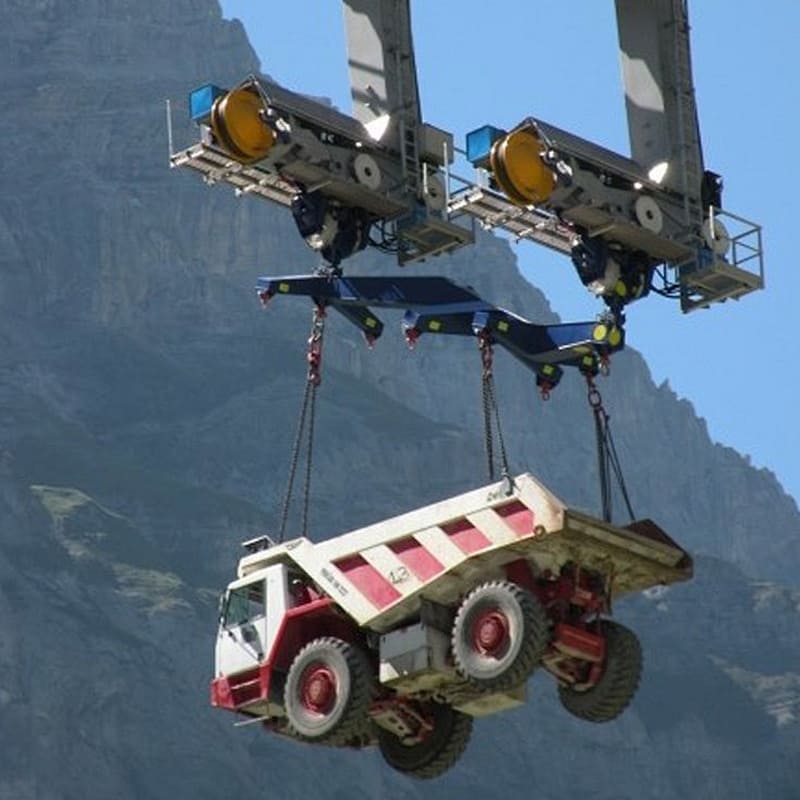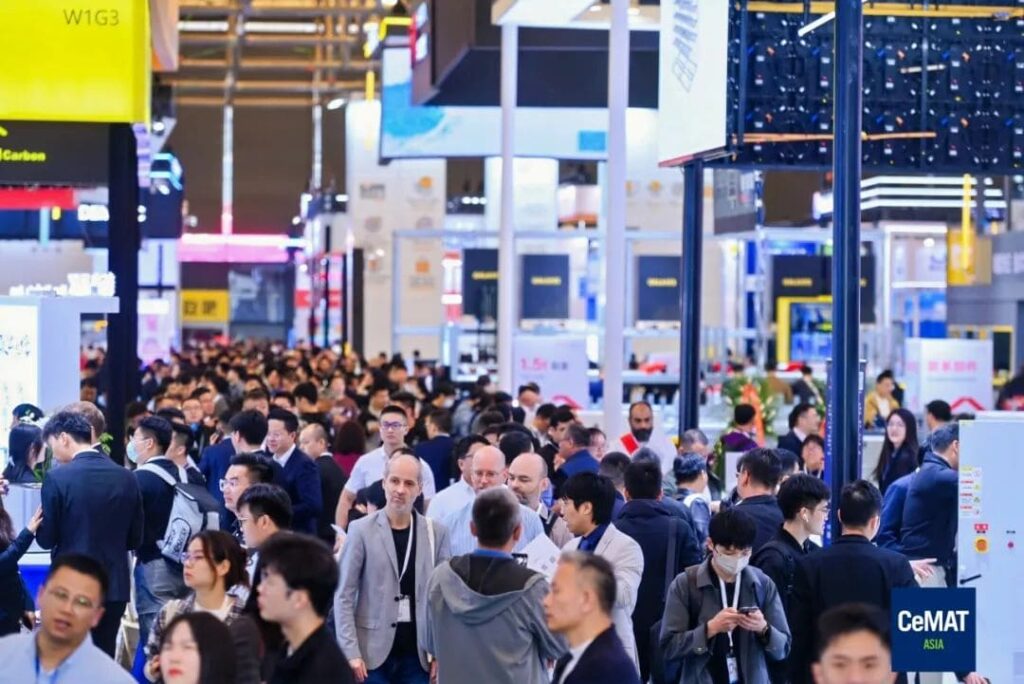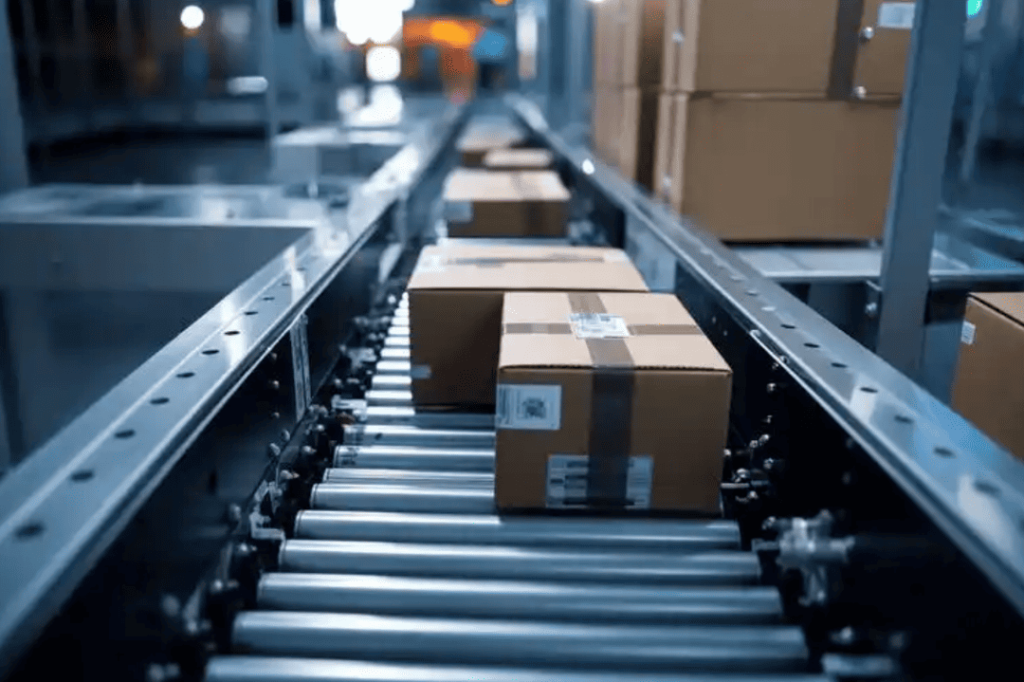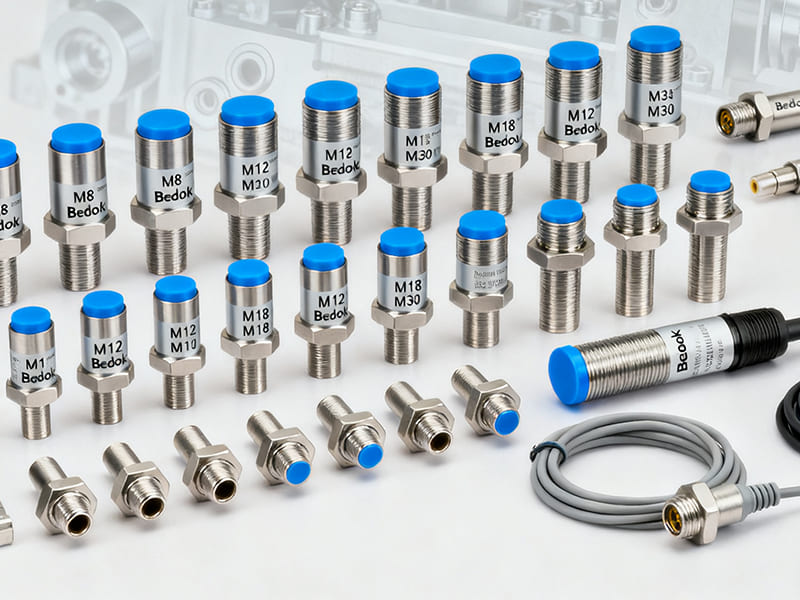In the modern field of hoisting machinery, efficient, safe and precise operation is of utmost importance. Inductive sensors in the Hoisting Machinery, as an advanced sensing technology, are gradually becoming an essential part of hoisting machinery.
With their remarkable characteristics such as non-contact detection, high precision, high reliability and adaptability to harsh environments, they play a crucial role in enhancing the overall performance and ensuring the operational safety of hoisting machinery.
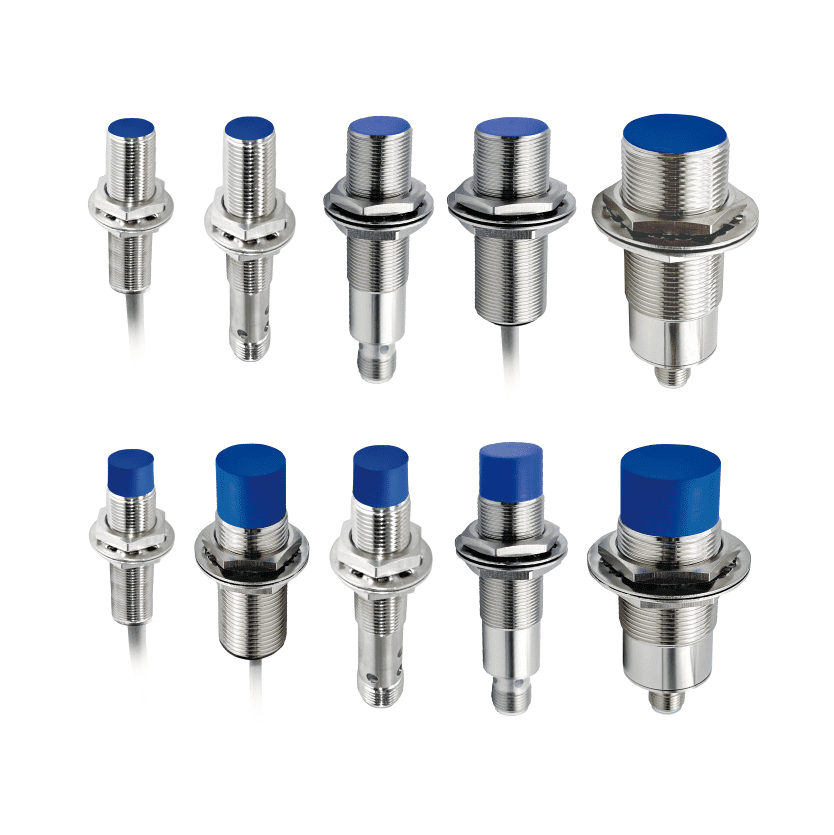
Inductive sensors operate based on the principle of electromagnetic induction. When an alternating current passes through the coil inside the sensor, an alternating magnetic field is generated around it. Once a metallic object approaches this magnetic field, eddy currents are induced in the metal due to electromagnetic induction.
These eddy currents, in turn, generate a magnetic field that opposes the original magnetic field of the sensor, resulting in a change in the inductance of the sensor coil. By detecting this change in inductance and converting it into an electrical signal through a specific circuit, the distance, position and other information between the metallic object and the sensor can be accurately determined.
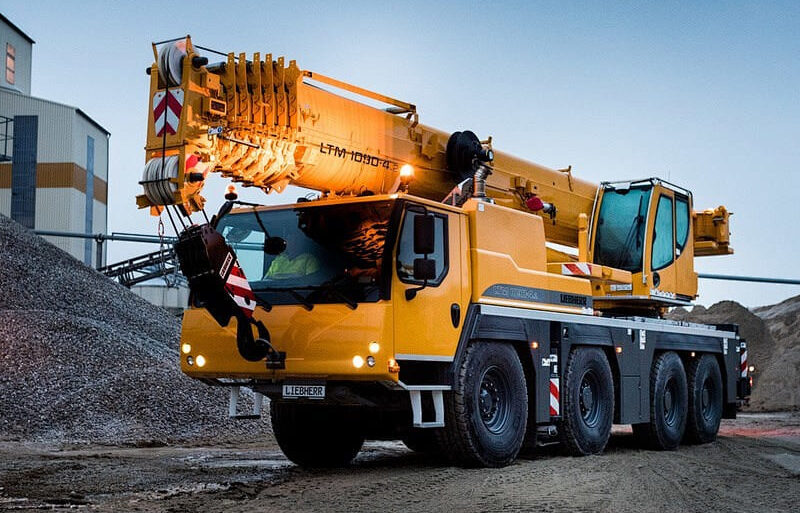
In the lifting mechanism of hoisting machinery, precise control of the lifting height of the hook or heavy load is crucial to prevent collision with the upper structure.
Inductive sensors in the Hoisting Machinery can be installed near the lifting drum or related transmission parts. As the drum rotates, when the wire rope connected to the hook reaches the preset maximum lifting height, a metal marker or part installed at a specific position will approach the inductive sensor. The sensor detects the approach of the metal object and quickly sends a signal to the control system of the crane. The control system then issues an instruction to stop the operation of the lifting motor, thereby accurately realizing the lifting height limitation and effectively avoiding safety accidents caused by over-height lifting.
The trolley of hoisting machinery runs on the bridge track, and its travel range needs to be strictly controlled. Inductive sensors in the Hoisting Machinery are placed at the two extreme ends of the trolley track. When the trolley runs close to the end of the track, the metal sensing plate installed on the trolley enters the sensing area of the sensor. The sensor generates a signal change and feeds it back to the control system. The control system immediately takes braking measures to stop the trolley from running, ensuring that the trolley does not derail and guaranteeing the safety and stability of the crane’s horizontal operation.
There are various types of lifting appliances in hoisting machinery, such as hooks, grabs, electromagnetic chucks, etc., and their working status needs to be monitored in real time. Inductive sensors in the Hoisting Machinery can be used to detect the opening and closing status of the lifting appliance, the presence of a load and the position of the load. Taking a hook as an example, by installing sensors at the opening and closing parts of the hook, it is possible to accurately determine whether the hook is fully closed or opened. When the hook is closed and carrying a metallic heavy load, the sensor can detect the presence of the load and transmit the signal to the control system, so that the crane can perform corresponding operation control according to the actual status of the lifting appliance, improving the accuracy and reliability of the operation.
In a complex environment where multiple hoisting machinery operate simultaneously in the same work area or the hoisting machinery is close to the surrounding fixed facilities, anti-collision protection is particularly critical.
Inductive sensors in the Hoisting Machinery can be installed around key parts such as the boom, tower body and cabin of the crane. When the crane approaches other objects within a safe threshold distance during operation, the sensor will detect it in a timely manner and send an alarm signal to the control system. At the same time, the control system can automatically take measures such as deceleration, braking or changing the running direction to effectively avoid collision accidents and ensure the safety of personnel, equipment and the surrounding environment.
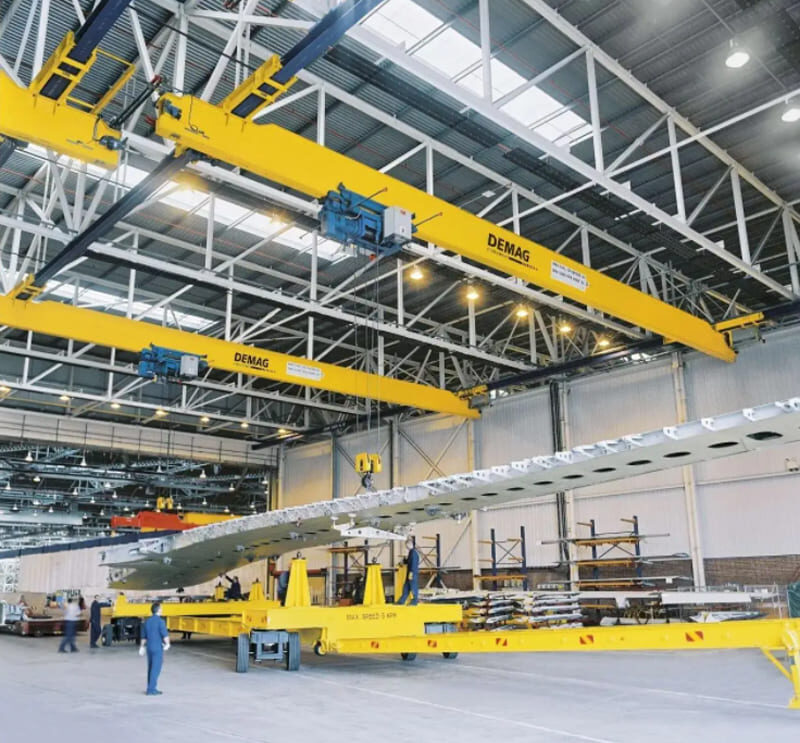
Inductive sensors in the Hoisting Machinery adopt a non-contact detection method, which has significant advantages for the application in hoisting machinery. During the frequent lifting and handling operations, direct mechanical contact with the detected object is avoided, thereby greatly reducing the wear and damage of the sensor caused by factors such as friction and collision, extending the service life of the sensor, and reducing the equipment maintenance cost and downtime.
This type of sensor can achieve high-precision detection and can accurately sense small changes in distance or the position change of a metallic object. In the operation of hoisting machinery, whether it is the detection of lifting height, trolley travel or lifting appliance status, highly accurate control is required.
Inductive sensors in the Hoisting Machinery can meet this requirement and provide reliable data support for the stable operation of the crane. At the same time, it has a relatively high anti-interference ability and can work stably in the complex electromagnetic environment of hoisting machinery, reducing the occurrence of false alarms and misreports, further enhancing the safety and reliability of the operation.
Hoisting machinery usually operates under relatively harsh environmental conditions, such as dust, oil, high temperature, high humidity and strong vibration. Inductive sensors in the Hoisting Machinery have good protection performance and environmental adaptability. Their sealed housing structure can effectively prevent dust, oil and other contaminants from entering the sensor interior, and the internal circuit is specially designed to resist the influence of temperature changes and vibration, ensuring continuous and stable operation under various harsh working conditions and providing a strong guarantee for the long-term stable operation of hoisting machinery.
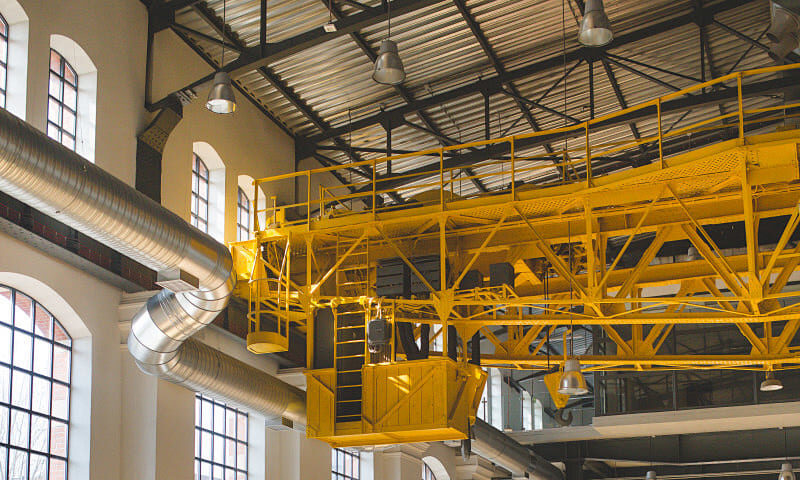
Due to the large number of metallic objects in the operating environment of hoisting machinery, such as steel structures, metallic lifting appliances, chains, etc., these metallic objects may cause interference to inductive sensors in the Hoisting Machinery, resulting in false detection or unstable signals. To solve this problem, shielding technology can be adopted to electromagnetically shield the sensor and reduce the influence of external metallic objects on its magnetic field. At the same time, the installation position and angle of the sensor should be reasonably selected to avoid other unnecessary metal interference sources as much as possible. In addition, a signal filtering and processing algorithm should be set in the control system to optimize the signal from the sensor and improve the accuracy and stability of the signal.
During the operation of hoisting machinery, relatively large vibration and impact will be generated, which may cause damage to the internal structure and connection lines of
inductive sensors in the Hoisting Machinery and affect their normal operation.
In response to this situation, in the selection of sensors, priority should be given to products with anti-vibration and anti-impact performance, and their internal structure design should be able to effectively buffer the influence of vibration and impact. In terms of installation, a suitable installation bracket and fixing method should be adopted to ensure that the sensor is firmly installed.
At the same time, shock-absorbing materials should be used to assist in fixing the sensor to reduce the transmission of vibration and impact. Regular inspection and maintenance of the sensor and its connection lines should also be carried out to detect and repair any looseness or damage caused by vibration and impact promptly.
The application of inductive sensors in the Hoisting Machinery has brought significant improvements and changes to the industry. Through effective application in multiple key links such as lifting height limitation, trolley travel limitation, lifting appliance status detection and anti-collision protection, the safety, precision and reliability of hoisting machinery have been greatly enhanced, the accident risk and equipment maintenance cost have been reduced, and the operation efficiency and quality have been improved.
However, in the actual application process, challenges such as metal interference, vibration and impact still remain, which need to be solved through technological innovation and reasonable application strategies.
Looking ahead, with the continuous development and innovation of sensor technology, inductive sensors in the Hoisting Machinery are expected to have further performance improvements, such as higher precision, stronger anti-interference ability and smaller volume.
At the same time, with the integration and application of emerging technologies such as the Internet of Things, big data and artificial intelligence in the field of hoisting machinery, inductive sensors in the Hoisting Machinery will be able to better cooperate with other equipment and systems to realize the intelligent, automated and remote monitoring of hoisting machinery, opening up a broader prospect for the development of the hoisting machinery industry.
If you are interested in high-quality
inductive sensors for your hoisting machinery projects, visit our website at
https://www.bedooksensors.com/. We offer a wide range of inductive sensors with excellent performance to meet your specific needs.
Explore Bedook: Your Trusted Sensor Manufacturer
At Bedook, we specialize in designing, developing, and manufacturing a comprehensive range of proximity sensors and switches. Our extensive product lineup includes:
With over 10,000 detailed product variations and a robust R&D team, we take pride in our ability to meet your unique requirements with tailored solutions and reliable performance.
Whether you’re seeking off-the-shelf products or customized designs, Bedook offers the expertise and production capacity to ensure your satisfaction.
We value your interest in our products and warmly encourage you to send us an inquiry. Let us help you find the perfect sensor solution for your application.
Thank you for considering Bedook—your trusted partner in innovation and quality manufacturing. We look forward to collaborating with you!
